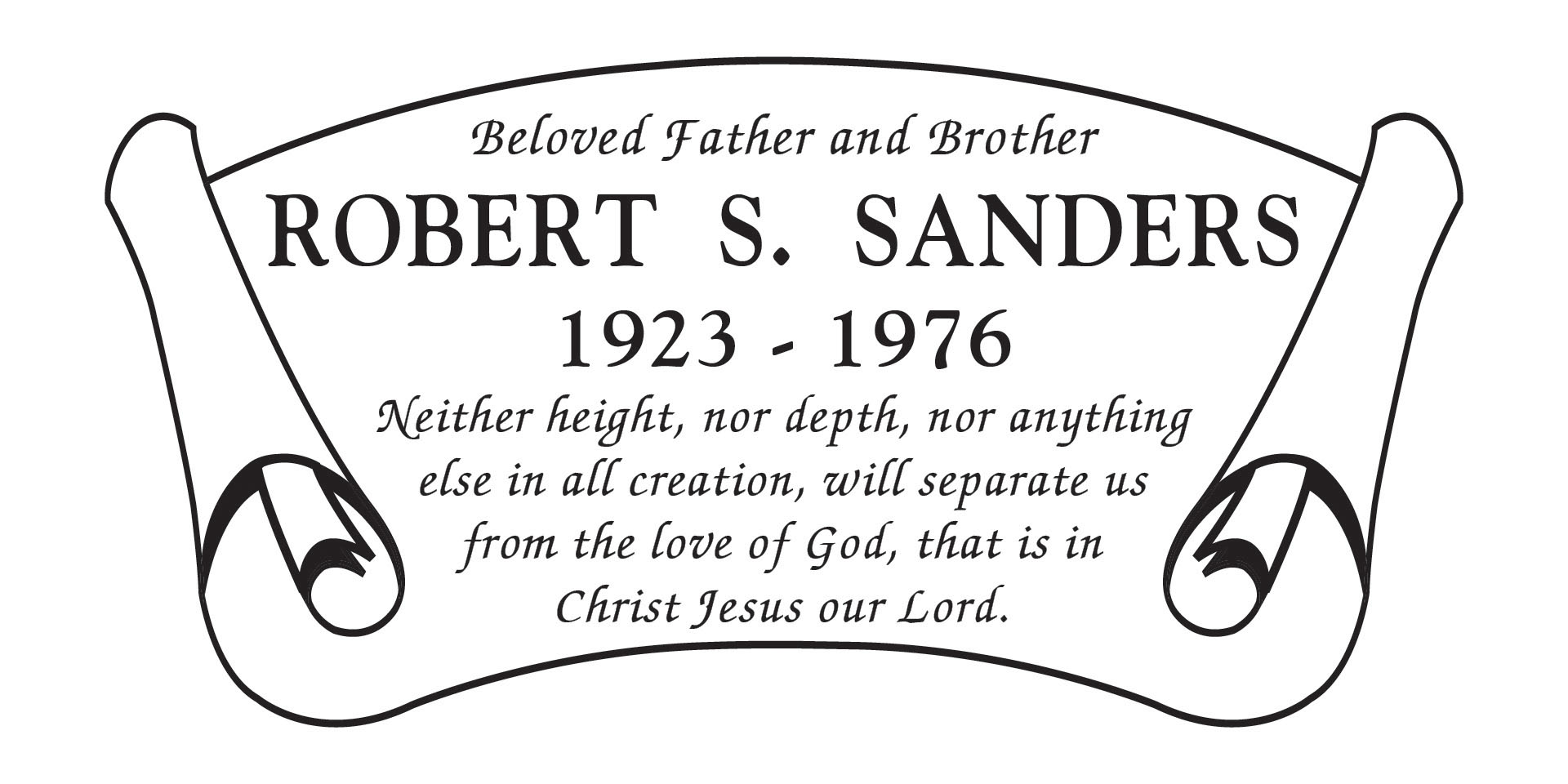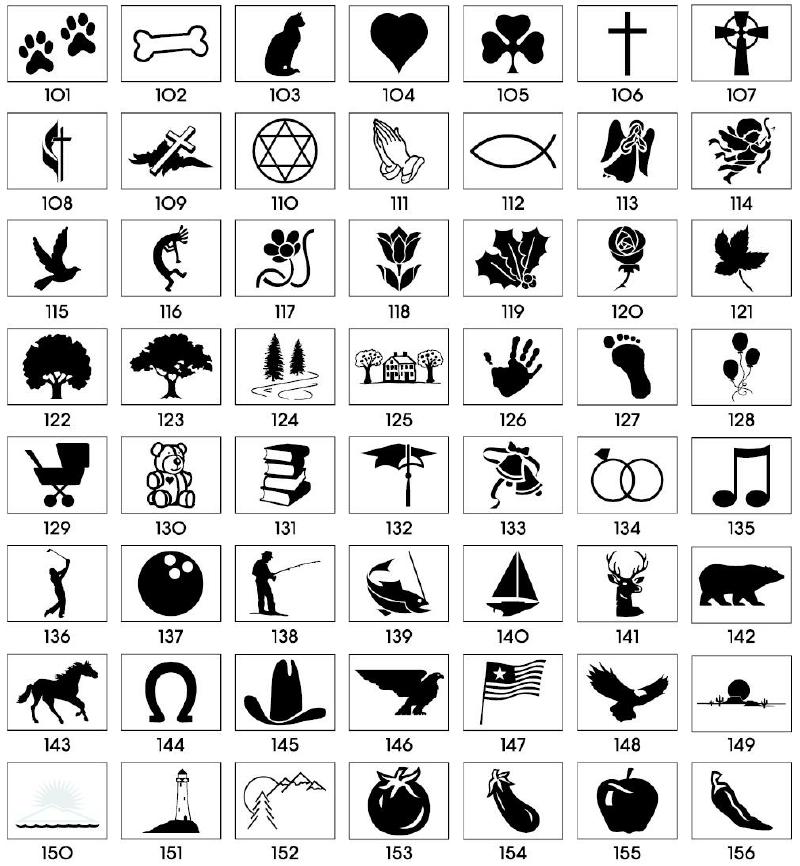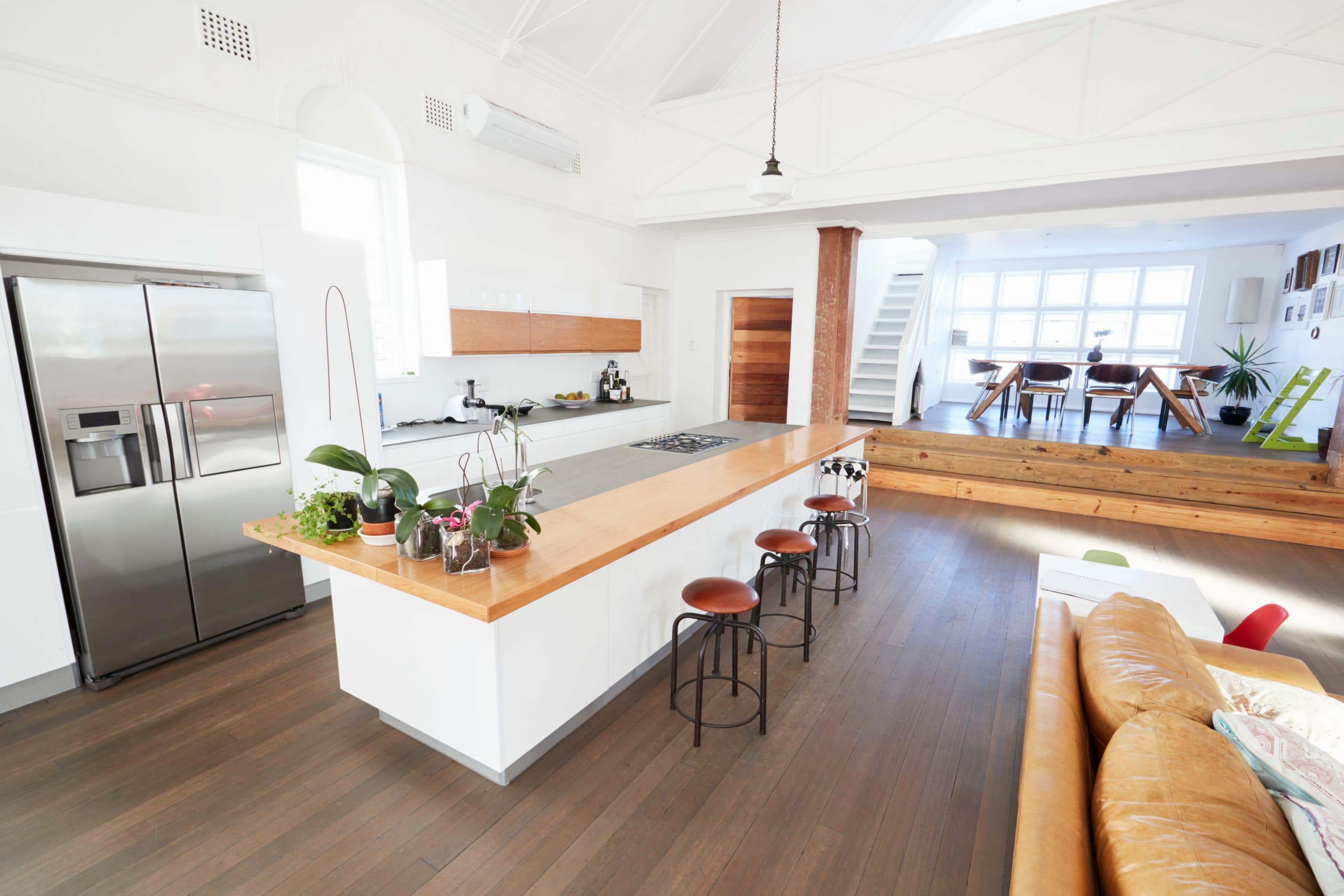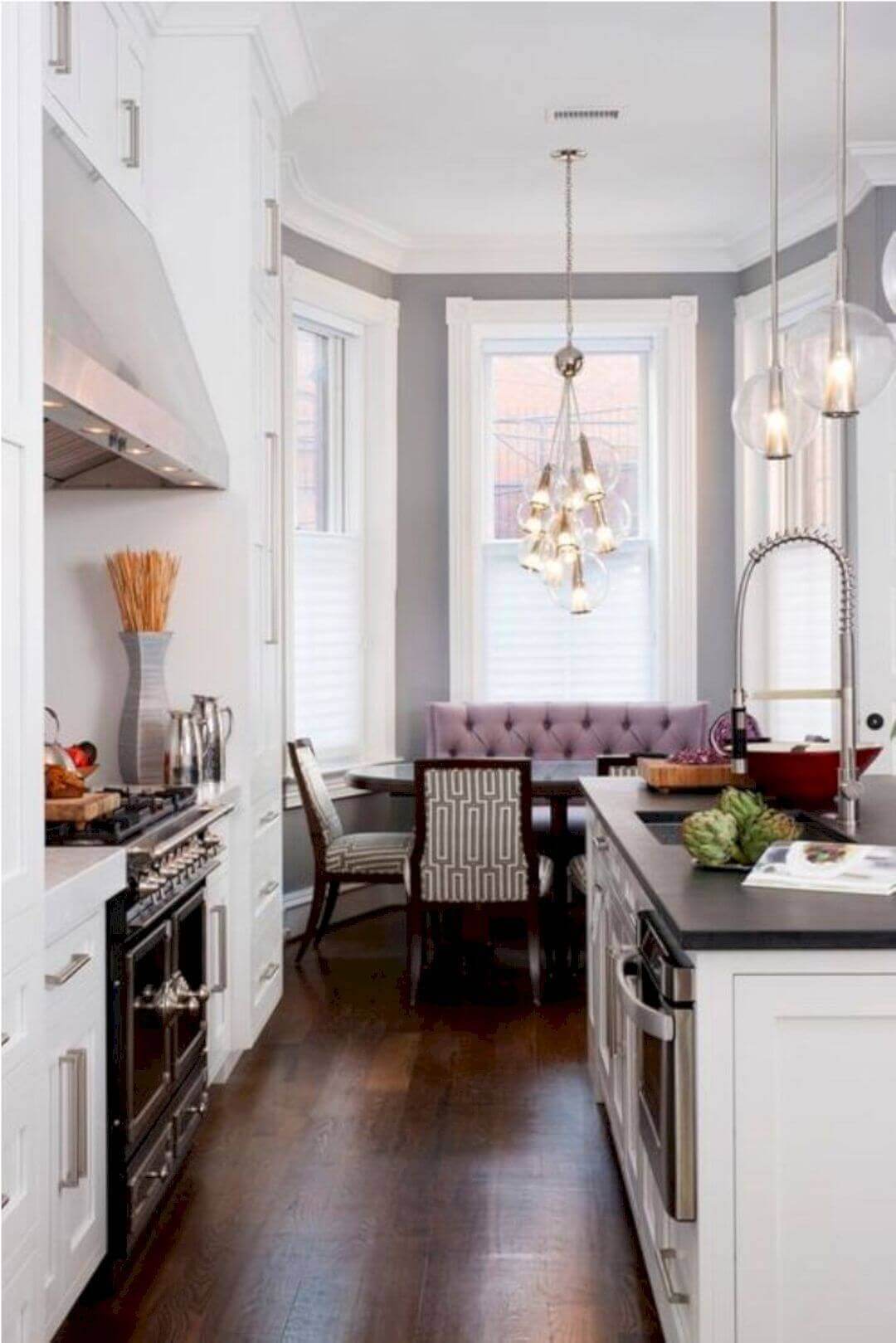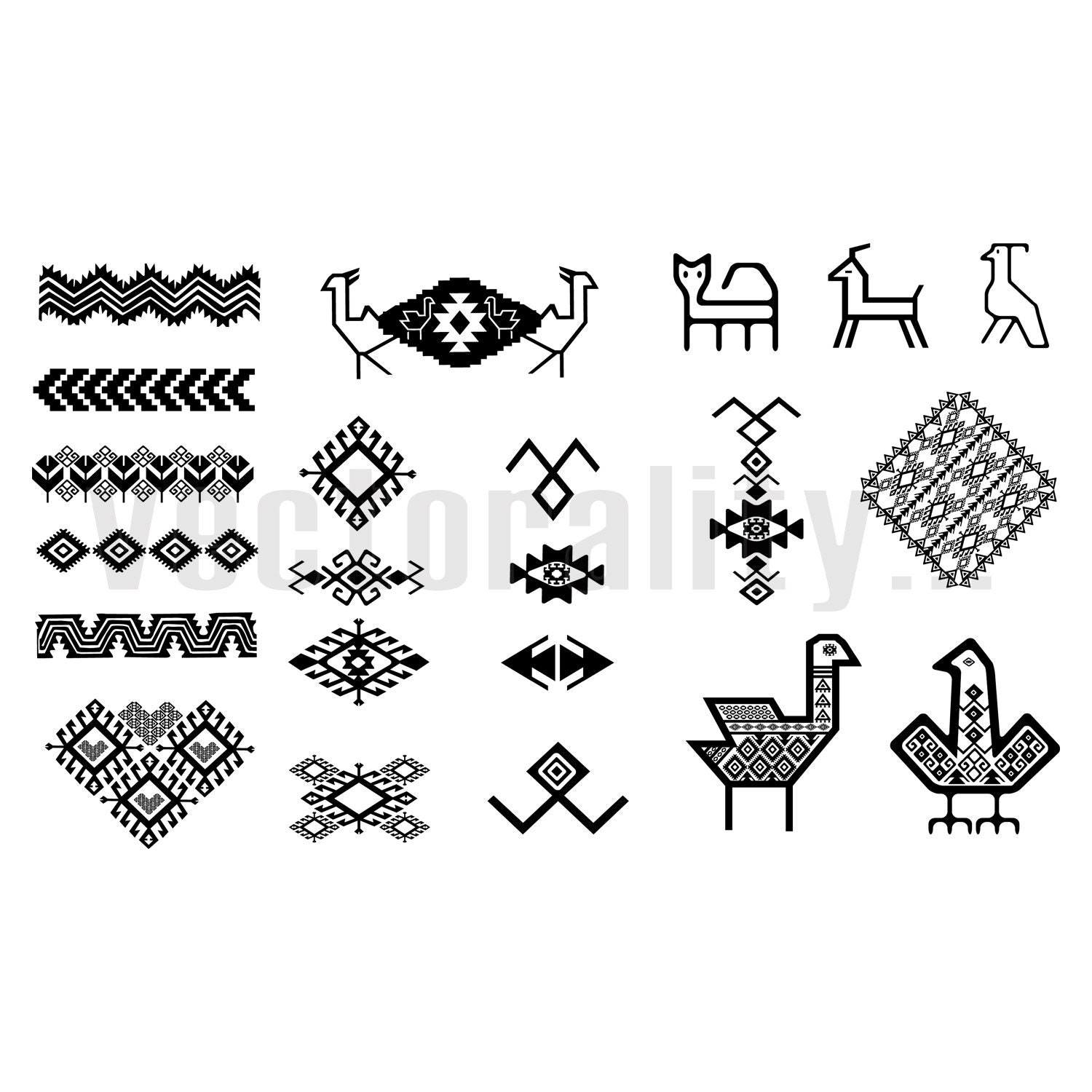
Disagreements between members of the court would be settled through ritual dance or producing a human sacrifice. They believed that when Venus was visible as the morning star chaos would ensue. They used this celestial event to determine when to go to war with other tribes.
MOST FAMOUS ARTISTS AND ARTWORKS
In addition to artifacts, the pyramids were also often used as burial ground. Several large pyramids are also located at Coba among which the most famous is Nohoch Mul pyramid which is about 42 meters tall. During this time, pyramids were extensively used as burial ground but this practice declined with the passage of time.
Decline of the Mayan Pyramid
We’ve collected some amazing examples of Maya and Mayan images from our global community of designers. The most important themes in Mayan art include mythic subjects and depictions of Gods such as the Maize God and the God of Rain. These figures would often feature themes of creation, fertility, and harvesting of the land, ritualistic processes, human sacrifice, celestial objects, cartography, and astronomy. Another important aspect about the site and these murals are that they contain valuable hieroglyphics written in a pre-Classic Mayan system and are considered a unique discovery in the broader context of Mesoamerica. This proves that the Mayans developed their writing systems as early as 300 to 100 CE. The uniqueness of these murals goes undisputed and has served as a cornerstone of national identity for Guatemalan cultural heritage.
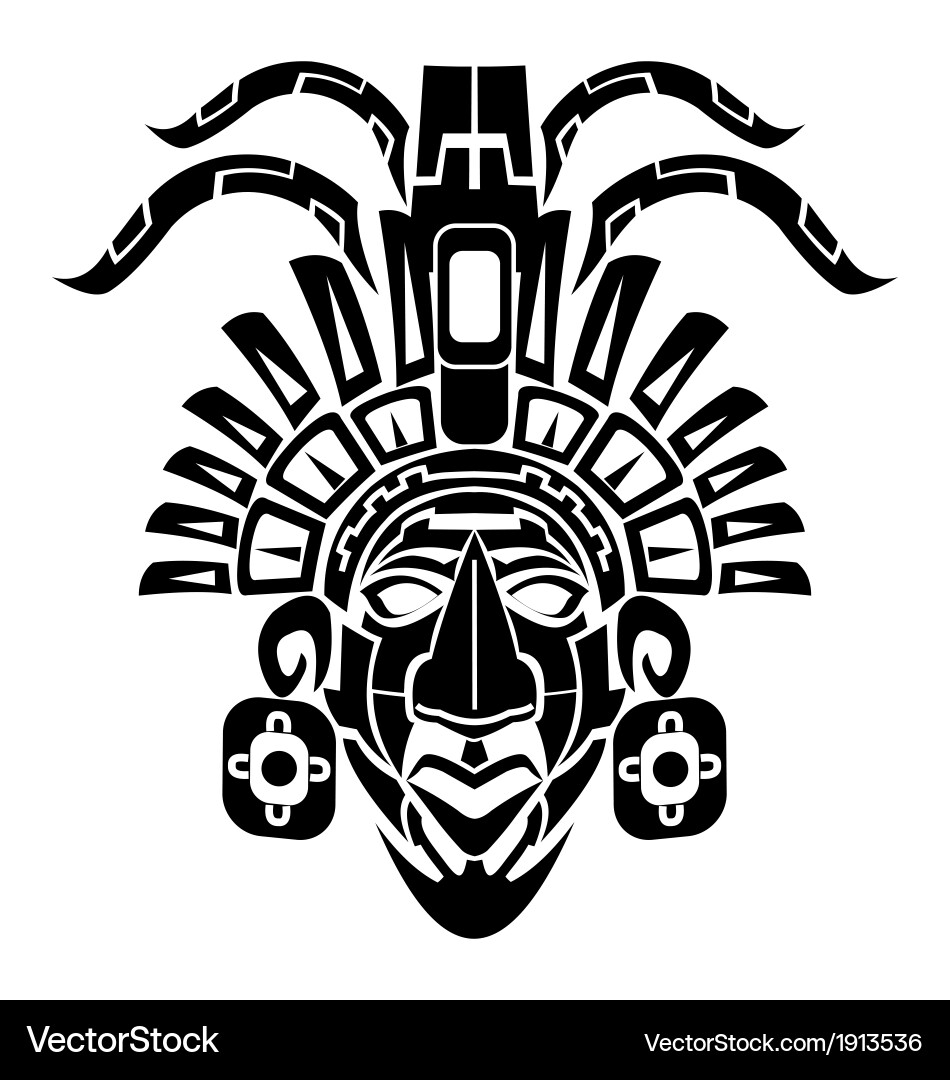
Deciphering the Meaning of Mayan Art
There are certain features of Mayan pyramid design and layout that are found in almost all the major Mayan pyramids. The most common feature of Mayan pyramids is of course the stepped nature of these pyramids. During this period, the Mayans constructed a wide range of grand Mayan pyramids, most of which are still standing today in testimony to the grand architecture of the Mayans. These can be seen in the home's inclined upper walls and colonnades, which bear a similarity to the shapes of temples in Palenque – a Mayan city state in southern Mexico built during the seventh century AD. Understanding the symbolic use of colors in Mayan art provides valuable insights into the beliefs and values of this ancient civilization. It allows us to appreciate the depth and complexity of Mayan artistic expression and offers a glimpse into their worldview.
Greek Revival Architecture – Evolution of Greek Revival Design
While Mayan textiles have a rich history, their tradition faced challenges over the centuries. However, dedicated artisans and organizations have been working to preserve and revive this ancient craft. Through initiatives aimed at supporting local weavers and promoting cultural exchange, Mayan textiles are experiencing a renaissance. Delve into the world of Mayan textiles, renowned for their vibrant colors, intricate weavings, and unparalleled craftsmanship. Mayan textiles were not merely fabrics; they were works of art, reflecting the Mayans’ deep connection to their cultural heritage and natural surroundings.
Maya art was heavily loaded with symbols as seen in the textile art of the surviving Mayan art in Guatemala. Some of the Mayan patterns include imagery of bats, which are regarded as creatures with a dual nature and are incredibly superstitious signs. The bat is also symbolic of the division between good and evil and the unity of both.
Below, you will find a few intriguing sculptures from ancient Maya that will enlighten and revitalize your interest in the medium. Some of the important subjects found in Maya art often contained imagery related to scenes from everyday Mayan life and murals that portray different Mayan Gods and high-ranking members of society. The main artists behind Mayan textile works were primarily women who were responsible for dyeing and weaving different textiles such as wool, cotton, and maguey cloth. These amazing works would then be embroidered with various designs and used as home décor as curtains, carpets, and drapery. The use of jade in art was also a highly-specialized trade that not many would have been equipped to take on. This made the material incredibly valuable in ancient Maya and played a crucial role in displays of power, economic exchange, and cosmology.
What makes a good Maya and Mayan design?
By understanding the symbolic meanings of colors in Mayan art, we can gain a deeper appreciation for the rich artistic tradition of this ancient civilization. Glyphs, another important aspect of Mayan art, were a system of writing used by the Mayans to record their history, rituals, and astronomical observations. These glyphs were often incorporated into their artwork, adding another layer of symbolism to their creations. Each glyph represented a specific word or concept, allowing the Mayans to communicate complex ideas through their art. For example, the glyph for the sun represented the sun god, while the glyph for a jaguar symbolized power and strength.
Inside the Mesoamerican Influences That Inspired the Look of Jorge Gutierrez’s ‘Maya and the Three’ - Variety
Inside the Mesoamerican Influences That Inspired the Look of Jorge Gutierrez’s ‘Maya and the Three’.
Posted: Fri, 22 Oct 2021 07:00:00 GMT [source]

The use of glyphs, patterns, and colors in their artwork was not merely decorative but held deep symbolic meanings. Decoding these symbols allows us to gain insights into the Mayan worldview and their understanding of the cosmos. Mayan art serves as a visual representation of their religious beliefs and mythology, providing a window into their rich cultural heritage. By studying and appreciating Mayan artistic symbolism, we can truly appreciate the depth and complexity of this ancient civilization. Mayan art is renowned for its intricate designs, rich symbolism, and vibrant colors.
The motif of a grape bunch is seen on the right of the temple’s façade and alludes to a structure made from stone while the cross-hatch patterns indicate windows. Prominent painters from the Classic period in Mayan history produced numerous literature and illuminated manuscripts using hide or bark. In these books were many painted illustrations, drawings, and hieroglyphics that detailed the most important aspects of Maya culture, which relied heavily on celestial events, dates, and complex charts. The artist of the right ornament focused more on the expression of depth than the artist on the left. Two different styles highlight the different styles that co-existed at the time and perhaps there were no preferred dominant styles among the elites. Another interesting fact about the depiction of the Maize God in ancient Maya was that it differed from time to time and was generally linked to the lifecycle of maize.
Further support to these unstable vaults was given by the addition of wooden crossties. This technique was further refined at Palenque where the central wall of parallel corbelled passageways could support exterior roof comb structures which presented a lattice-work effect in stone. The use of corbel roofs can also be seen in the inner burial chambers of some pyramids, notably the tomb of Kink Pakal deep within Temple of the Inscriptions at Palenque. A further innovation for increasing the structural integrity of roofing is found at Uxmal and especially in the Nunnery Quadrangle building (pre-1000 CE), which has boot-shaped stones in its vaults. A single steep staircase climbs several levels to reach a top platform topped by a single structure with several chambers. In contrast to this standard approach, the Pyramid of the Magician at Uxmal (after 600 CE) is distinctive for its rounded corners which make it almost oval in shape when seen from above, making the pyramid unique in Maya architecture.
Another famous Mayan pyramid is the Pyramid of the Magician or Sorcerer in the city of Uxmal. According to Mayan legends, this pyramid was built by the god of magic, Itzamna as a training center for shamans and priests. It was due to this reason that temples were located at the top of these pyramids.



